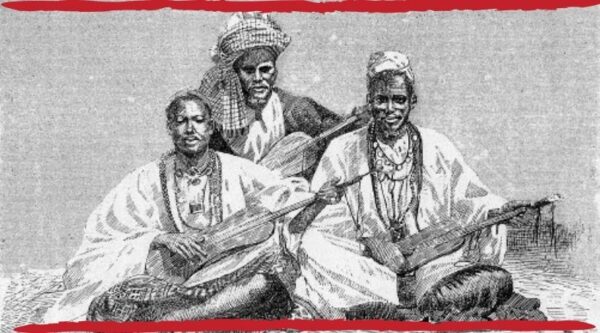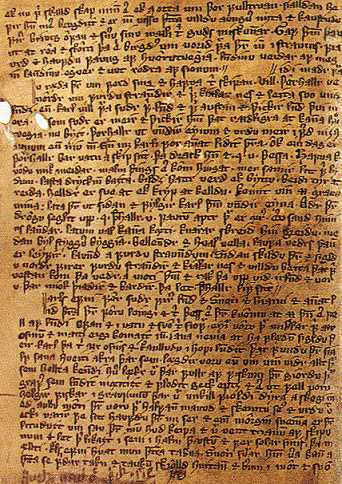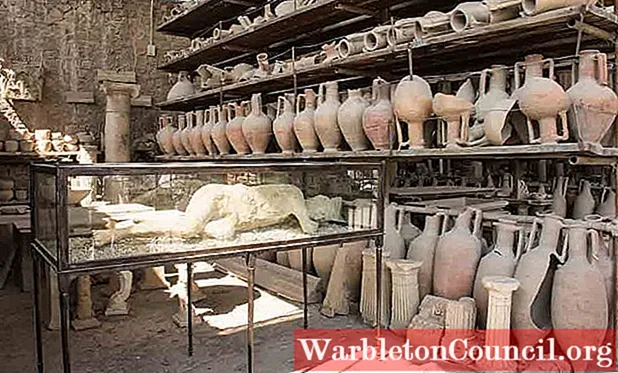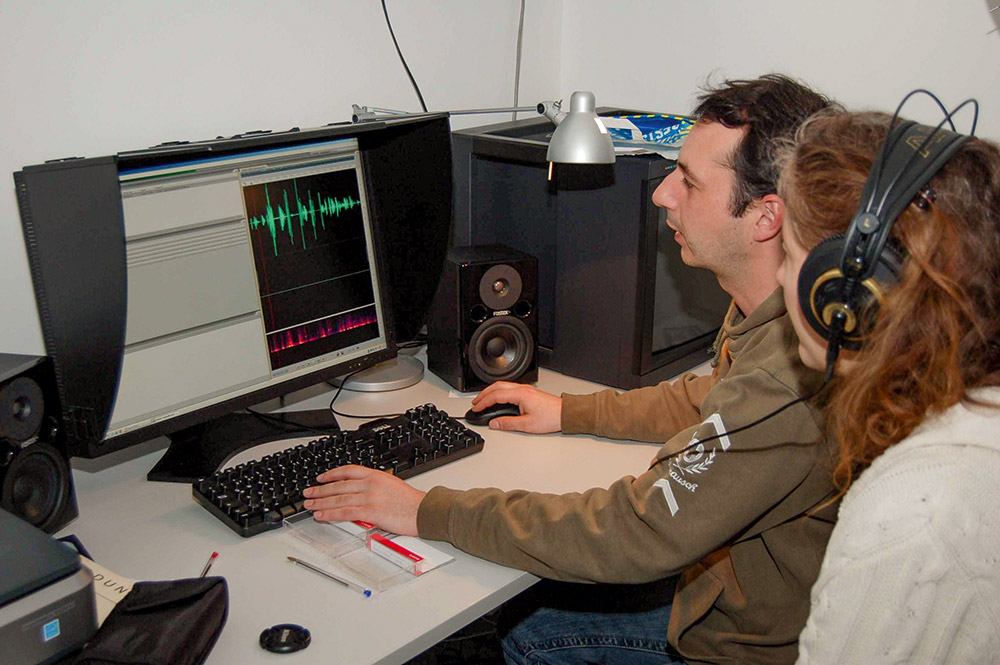Sources of history
Sources Of History
Introduction
Understanding history is
essential for comprehending our world today. History is built upon a variety of sources, each
providing unique insights into the past
By examining primary, secondary, tertiary, oral, written, and audio-visual
sources, we can unravel the unseen connections between past events and their
impact on the present. We will explore different types of sources that historians rely on to
reconstruct and understand historical events. Prepare to embark on a journey
through time as we delve into the fascinating world of historical sources.
Primary Sources
Primary
sources are the most valuable treasures for historians. They are original
documents or artifacts from the time period being studied. Examples include
letters, diaries, photographs, and archaeological remains. By examining primary
sources, historians gain direct access to the thoughts, experiences, and
material culture of individuals who lived in the past.

Secondary Sources
Secondary
sources provide analysis and interpretation of primary
sources. These are works
written by scholars and historians who have studied the primary sources.
Secondary sources synthesize information, offer different perspectives, and
often contribute to the ongoing discussions and debates in historical research.
They help build a deeper understanding of historical events and their
significance.
Tertiary Sources
Tertiary sources are reference materials that compile and summarize information from multiple primary and secondary sources. Encyclopedias, textbooks, and bibliographies fall into this category. Tertiary sources offer an overview of a particular topic, making complex historical narratives more accessible to a wider audience. They provide a starting point for further investigation and research.
Oral Sources
Oral sources encompass the spoken word, such as interviews, oral histories, and folklore. These sources give voice to individuals who may have been marginalized or absent from written records. Through oral sources, historians gain valuable insights into personal experiences, perspectives, and cultural traditions that might otherwise be lost to history.
Written Sources
Written sources include official documents, manuscripts, newspapers, and published works. These sources offer a wealth of information on historical events, social movements, and ideas of the time. From treaties and laws to literary works and philosophical treatises, written sources provide crucial evidence for understanding the people, societies, and ideologies that shape our history.
Material Sources
Material sources refer to physical objects and artifacts that provide insights into past civilizations. Examples include pottery, weapons, clothing, and tools. These sources offer tangible evidence of how people lived, their technological advancements, and their cultural practices. By examining material sources, historians can reconstruct aspects of daily life and understand the material culture of past societies.
Audio-Visual Sources
Audio-visual sources encompass recordings, films, photographs, and artworks. These sources provide visual and auditory representations of historical events, capturing moments in time and documenting the nuances of human experiences. Images and videos can evoke emotions and help us connect with the past in a unique way, offering glimpses into the lives of people who came before us.
The Importance of Sources in Writing Accurate History
When it comes to writing accurate history, the role of sources cannot be overstated. Sources provide the foundation upon which historians build their narratives and interpretations of the past.
There are various types of sources that historians rely on to gather information and evidence. These include primary sources, which are firsthand accounts or artifacts from the period being studied. Secondary sources, on the other hand, are interpretations and analyses of primary sources by other scholars. Tertiary sources provide an overview or synthesis of information from multiple sources.
Oral sources, written sources, and material sources all contribute to our understanding of history. Oral sources, such as interviews or personal testimonies, give voice to individuals and communities whose stories might otherwise be overlooked. Written sources, such as diaries, letters, and official documents, provide valuable insights into the thoughts and actions of historical figures. Material sources, such as artifacts and archaeological remains, offer tangible evidence of past civilizations. Furthermore, audio-visual sources, such as photographs, films, and recordings, provide a visual and auditory dimension to historical research.
However, it is not enough to simply gather sources. Historians must also critically evaluate and analyze them to ensure their reliability and relevance. By examining the context, credibility, and biases of sources, historians can make informed judgments about their trustworthiness.
In conclusion, sources play a crucial role in writing accurate history. They provide the necessary evidence and perspectives to construct a comprehensive and nuanced understanding of the past.
Evaluating and Analyzing Sources
As
historians, evaluating and analyzing sources is crucial to ensure the accuracy
and reliability of the information we use. There are critical skills required to assess the credibility, bias, and limitations of
different sources. By employing rigorous methods of analysis, historians can
construct well-supported narratives that stand the test of time and contribute
to our collective understanding of history.
Conclusion
History emerges from the diverse web of sources we have explored in this blog. By engaging with primary, secondary, and tertiary sources, historians uncover the intricacies of the past and shed light on the human experience. Let us remember that historical sources are not merely remnants of the past; they are powerful tools that enable us to connect with our shared heritage and shape our future.







Comments
Post a Comment